The Curly Hair Routine Cheat Sheet for Strong and Healthy Strands
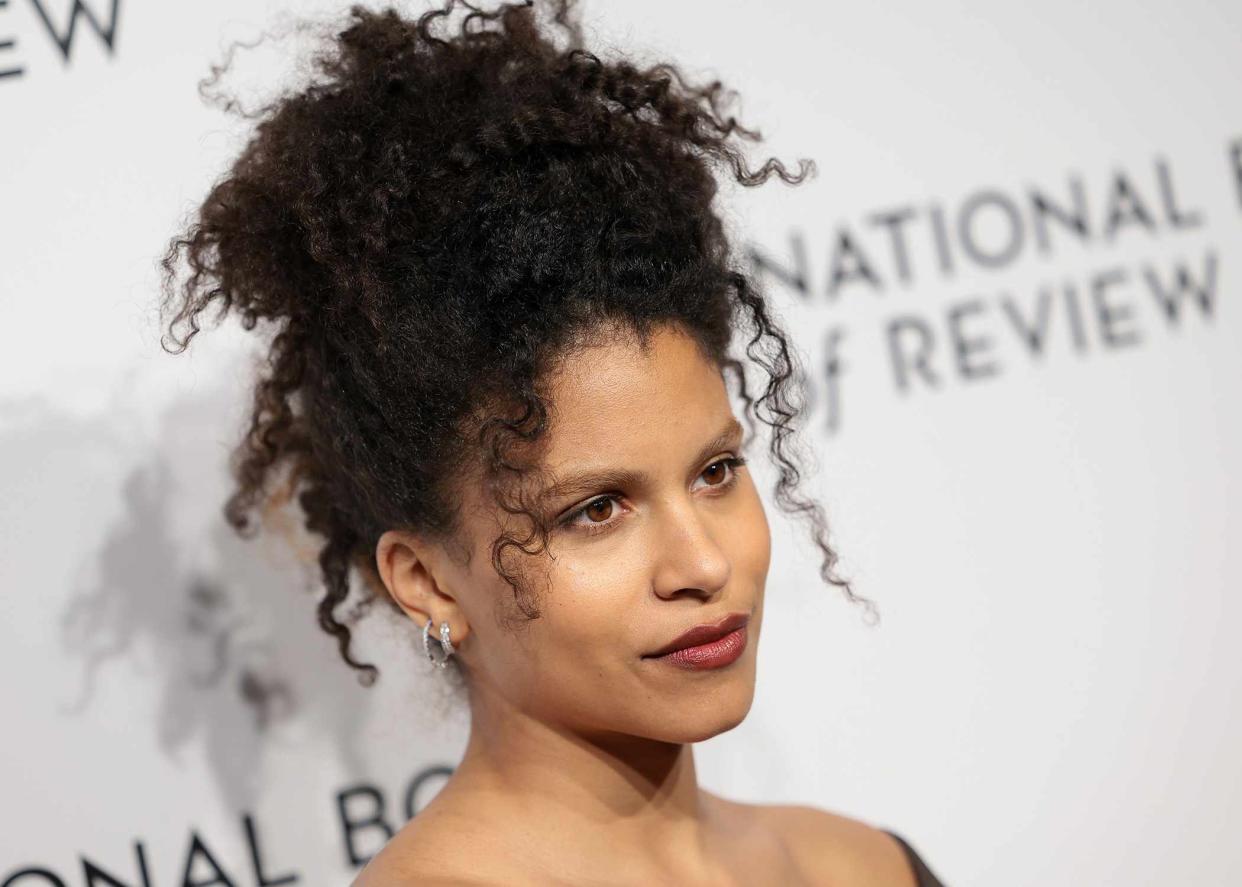
Getty Images
Curls come in all shapes and sizes. Some are cascading loose curls, while others are tight and springy. Curly hair spans from loose 3A curls to tight 4C ones, each requiring its own routine. No matter what type of curls you have, the curl pattern is determined by how the hair follicle bulbs tilt, and the more they tilt, the smaller and more compact the curls become.
When it comes to caring for curly hair, celebrity hairstylist Larry Sims says type 3 hair curls form a curl that resembles the letter “S,” whereas type 4 has a more of a jagged “Z”-like formation to it and a more coily appearance. From there, the hair falls into either the A, B, or C subdivisions based on its shape and the diameter of the curls. As are wider curls, Bs fall in the middle, and C comprises tight and small curls and ringlets. Most people with textured hair have several curl patterns throughout their hair due to genetics, hormonal changes, environmental factors, heat damage, and how the hair follicles are distributed on the scalp, which blends to create the overall look.
Meet Our Expert
Larry Sims is a celebrity hairstylist and co-founder of Flawless by Gabrielle Union.
Vernon François is a renowned global educator, celebrity hairstylist, and founder of his eponymous hair-care line.
Leysa Carrillo is a hairstylist and Redken brand ambassador.
The spectrum of curl patterns is broad, and understanding what your curls need to look perfectly defined and glossy, especially in the hydration and product departments, can be a journey. Here, we share everything you need to know for healthy, hydrated, and bouncy curls with help from top experts.
Curly Hair Care 101

Getty Images
Before you can even venture down the path of proper curly hair care, you need to know what type of curls you have. According to Vernon François, renowned global educator and celebrity hairstylist, the best way to determine your hair type is to examine the pattern and texture of the hair in its most natural state after washing and air drying. If the curls are tighter than a wave but not like a coily corkscrew, they’re type 3; supertight, short curls are type 4. “Other factors to consider when assessing your hair type are the curl pattern, hair porosity and thickness, and scalp moisture,” he says.
No matter how curly the hair is, one thing’s for sure: how you treat it has much to do with its multitude of textures. “The curl integrity can change if the hair in the front of the head is manipulated often with heat styling or products,” explains Sims. “While that doesn’t necessarily mean that the hair is unhealthy, it can cause various curl patterns throughout the hair and in different parts.”
Another must-follow rule for textured, curly hair is to make sure it is adequately hydrated. With curly hair types 3 and 4, the natural oils get stuck in the upper part of the curl and don’t make their way down to the midshaft and ends, leaving the hair fragile and dry due to a lack of hydration.
Hairstylist Leysa Carrillo says that often, people experience significant and beneficial changes in hydration levels with targeted salon treatments. “Understanding the porosity of your hair (how it absorbs and retains moisture) is important for choosing the right products and developing a good hair-care routine. Well-hydrated curls have better definition and elasticity; curls are more likely to form and maintain their shape.”
Sims says different hair types require different levels of hydration. “Because of the nature of the curls with 3 and 4C hair types, these hair types require a lot of moisture and hydration to keep the curls healthy. Deep moisturization and hydration treatments are essential to prevent breakage while improving their appearance, so the hair doesn’t look dry and brittle.” To preserve the integrity of the hair while retaining adequate moisture levels and the curl pattern, he says to avoid over-processing the hair with heat and color and always use products that will hydrate the hair and keep curls moisturized. Regular protein treatments like Shea Moisture Manuka Honey & Yogurt Hydrate + Repair Protein-Strong Treatment ($12) are also helpful.
A Step-By-Step Curly Hair Routine
All hair types should have a well-devised routine to keep the hair looking healthy, shiny, and well-defined curls. Here is a step-by-step breakdown of all the different ways you can care for your curls, according to the experts.
Pre-Treatment
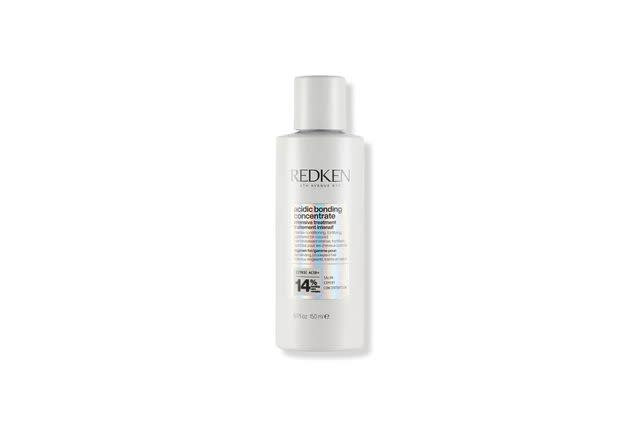
Ulta
Before shampooing the hair, Carillo says to use a pre-shampoo treatment like the Redken Acidic Bonding Concentrate Intensive Treatment ($32), which helps strengthen dry, fragile, curly hair from the inside out. “When applying the treatment, use your fingers to detangle the hair.”
Shampoo
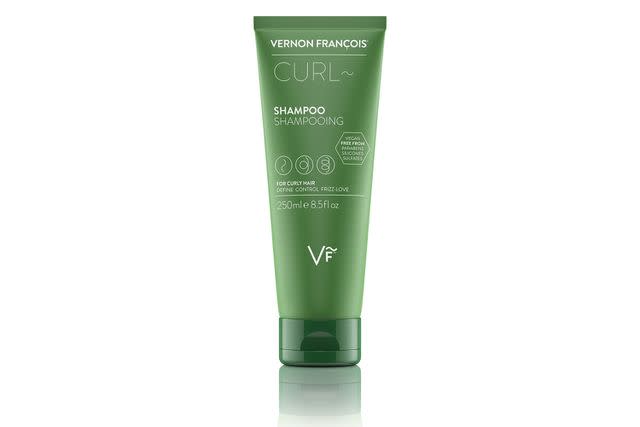
Vernon Francois
Curly hair is prone to dryness and fragility because it is harder for the natural oils from the scalp to travel down the hair shaft. To avoid drying out the hair while cleansing type 3 curls, François says always to use gentle, sulfate-free shampoos that cater to curly hair to protect the integrity of the curls without stripping away moisture. A good one to try is Vernon François Curl Shampoo ($9).
Optional: Co-Wash
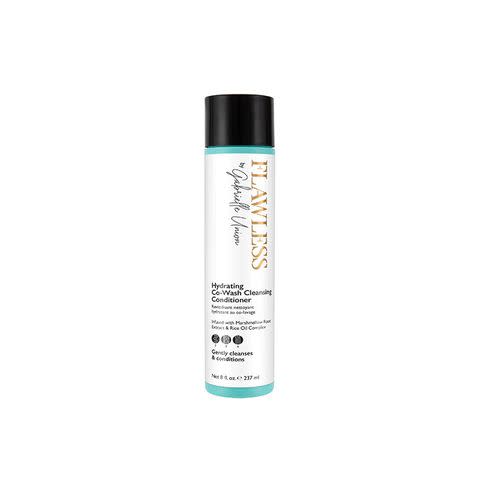
Flawless by Gabrielle Union
In between your regular shampoos, co-washing is an option. It involves washing the scalp and hair with a cleansing conditioner, which is beneficial to type 4 hair because it prevents dryness and frizzing. Sims loves the Flawless by Gabrielle Union Hydrating Co-Wash Cleansing Conditioner ($11) since “it gently removes dirt and build-up while nourishing and protecting the hair with Brazilian Bacuri butter and moringa oil.”
Condition—Always!
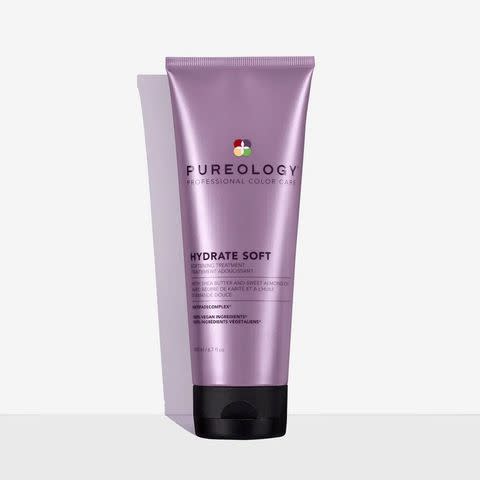
Pureology
Sims recommends always conditioning freshly washed hair for extra hydration and to protect against breakage. Curly hair types can’t skimp on conditioner since it replenishes much-needed moisture and helps nourish the hair. For type 3 curls, Carillo recommends using a deep conditioning treatment rather than a regular conditioner to maintain moisture and manageability. A great option is the Pureology Hydrate Soft Softening Treatment ($44) For coily hair, she’ll steam or leave the treatment on for longer to seal in moisture.
Leave-in conditioners are another option for dry hair. “Leave-in conditioners and oil-based detanglers can help prevent dryness and frizzing and keep the curls looking fresh,” Sims says. Plus, both will give the hair some slip.
Weekly Hair Treatment
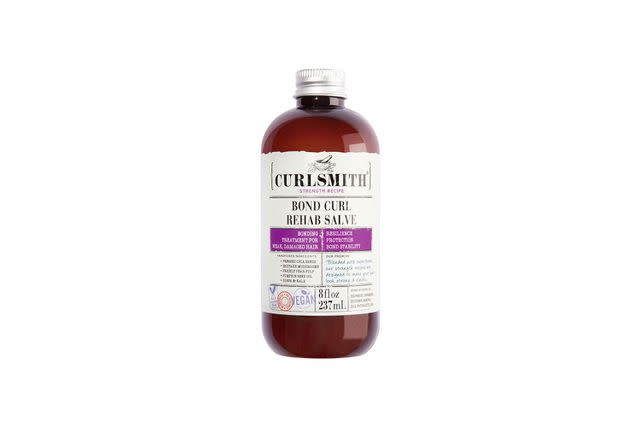
Sephora
Once a week, work in a hair treatment, which Francois says are beneficial for moisturizing and strengthening curly hair, or even bond restoring one, like Curlsmith Bond Curl Rehab Hair Salve ($30) for additional nourishment and preventative measures. He adds that protein treatments can help reinforce the hair structure, especially for high-porosity curls.
Air Dry or Diffuse Strands
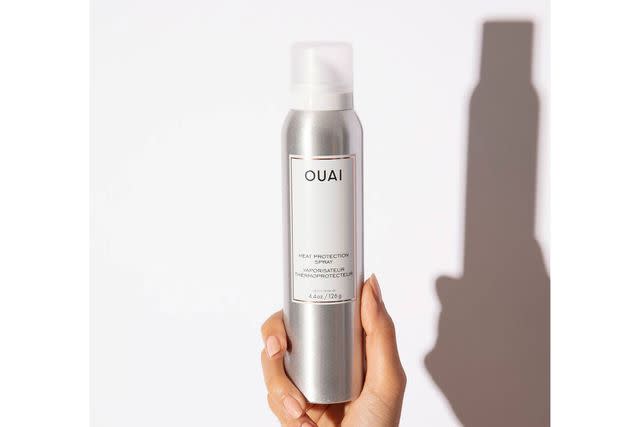
Ouai
Rather than wrapping your hair up in a towel or using one to rub excess moisture out of the hair, gently blot the hair with a microfiber towel. Then, let the hair dry (without a towel or any fabric on it), which will help prevent the hair from frizzing and reduce breakage. If you must use a blow dryer, always use it on low heat with a diffuser and a heat-styling product such as Ouai Heat Protectant Spray ($28).
Style
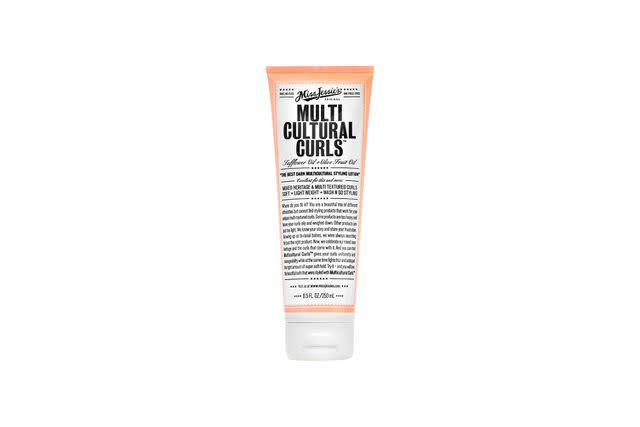
Miss Jessie's
When it comes to styling products, François says always to follow the LOC method, which consists of “applying liquid, oil, cream, in that order, which helps lock in moisture.” It’s especially beneficial for high-porosity hair. After applying a liquid leave-in conditioner, add a hydrating hair oil, which will help prevent the hair from snapping. Then comes a curl cream, such as Miss Jessie’s Multi-Cultural Hair Lotion ($16), a staple styling product that helps hydrate the hair while adding definition and structure to the curl. Denser, thicker creams with ingredients like shea butter and hair-friendly oils are better for 4C hair types. However, you can coerce type 4 curls into taking shape, so styling products with a firm hold is critical. You can also use gels made for curly hair. Finally, when the hair has some moisture left, twist the hair with your fingers to further define the curls.
6 Additional Tips and Tricks
Beyond the basics, the experts agree that these dos and don’ts and curly hair tricks are vital to keeping the hair healthy and full of bounce.
1. Invest in a satin pillowcase
“Curly hair types are fragile and prone to damage if they aren’t carefully tended to,” Sims says. “That’s why I suggest sleeping on satin pillowcases or with a satin bonnet or scarf. It helps prevent the curls from drying out and compacting overnight.” The satin material helps to prevent friction, which causes frizz.
2. Wear hair in protective styles
Loose braids and buns are stylish, and Sims says they’re also great for relieving hair from excessive styling and over-manipulating. Super tight hairstyles that unnecessarily pull on the hair can create tension on the strands, leading them to break off and, in extreme cases, cause temporary hair loss.
3. Stick to detangling brushes and combs
Hairbrushes with fine-tooth bristles can cause the curl pattern to stretch out and become frizzy. Instead, Francois recommends using wide-tooth combs or your fingers to detangle the hair.
4. Get regular trims
Curly hair types can quickly become brittle and break. “Regular trims are important to prevent split ends and breakage,” François says. Try and aim for at least two major haircuts per year and trims as needed.
5. Avoid waxes and mineral-based products
Heavy hair products like those that contain wax and minerals can weigh down curls and lead to build-up, François says.
6. Spot treat curls as needed
If your curls differ from one area to the next, treating them as you see fit and using different products in different areas is fine. For example, if the front pieces of hair are more dry than the back of the head, you can use a leave-in conditioner just on that area. Or, if you need more control on the top layer of curls and less on the underneath layers, apply a bit of gel just on the areas that will benefit most.
For more InStyle news, make sure to sign up for our newsletter!
Read the original article on InStyle.


